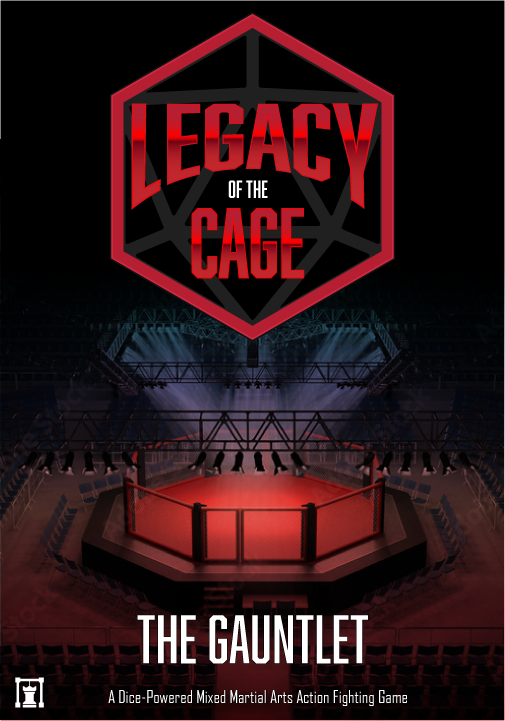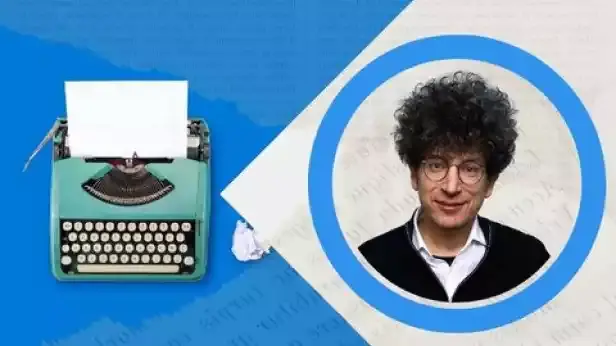10 Things to Do Before I Release My Latest Roleplaying Game (Legacy of the Cage)
This is more of an accountability list and a look behind the curtain at what it's taken to release a tabletop action/roleplaying game.
Legacy of the Cage: The Gauntlet - a dice-powered mixed martial arts action fighting game for one or more players releases digitally on July 1.
Legacy of the Cage: The Gauntlet - a dice-powered mixed martial arts action fighting game for one or more players releases digitally on July 1.

Preview
1. Finish the "go to press" draft.
2. Update the website.
3. Initiate seller accounts where the game will be available.
Legacy of the Cage will be available on DriveThruRPG and itch.io digitally on July 1 (assuming they approve my drafts in time).
4. Set the price point and promote it.
I'm thinking the price for a first-run digital copy is somewhere between $9.99 and $13.99.
There's a concept called "itch-starting" which is a play on words of "Kickstarting". Kickstarter is a crowdfunding website for creative projects. Itch, on the other hand, is just a digital marketplace for independent designers.
Itch-starting is selling your "unrefined" product on itch.io at a lower price point and increasing it over time as it gathers sales and feedback from customers.
This seems like a good way for me to experiment with different sales channels and, eventually, add in more important changes as people enjoy the game.
PLUS: people who offer great feedback will get credited in every subsequent version of the game manual. It pays to play!
5. Create some more artwork.
Indy games with solo developers like me, from an audience perspective, don't need to have full-page professionally drawn artwork. They should have at least a handful of some interesting and stylistic pieces to augment the copy.
Check out an example of some art I did here on my game company, PlayArchitect Games, Instagram page: https://www.instagram.com/p/CaFUkt6Fr8p/

Preview
6. Spice up the print layout.
7. Flow the final copy into the print layout with the artwork.
Once the go-to-print copy is ready, it has to be set into the layout and positioned around artwork (or, the artwork has to be "fit" into the copy flow, if you want to think of it that way).
8. Come up with a back cover (optional, but nice)
9. Promote the hell out of it.
More than anything, I want people to *play* the game. The sales will come if the game is of a high quality (it is!) but it's about attention.
10. Video content is king.
Books are good for reference, but they're notoriously bad at "teaching" you how to play a game. Rules design (which is a cousin of technical writing) is a huge skillset all on its own.
Videos are a great shortcut for the folks who want to have someone explain visually in just a few minutes.

No comments.